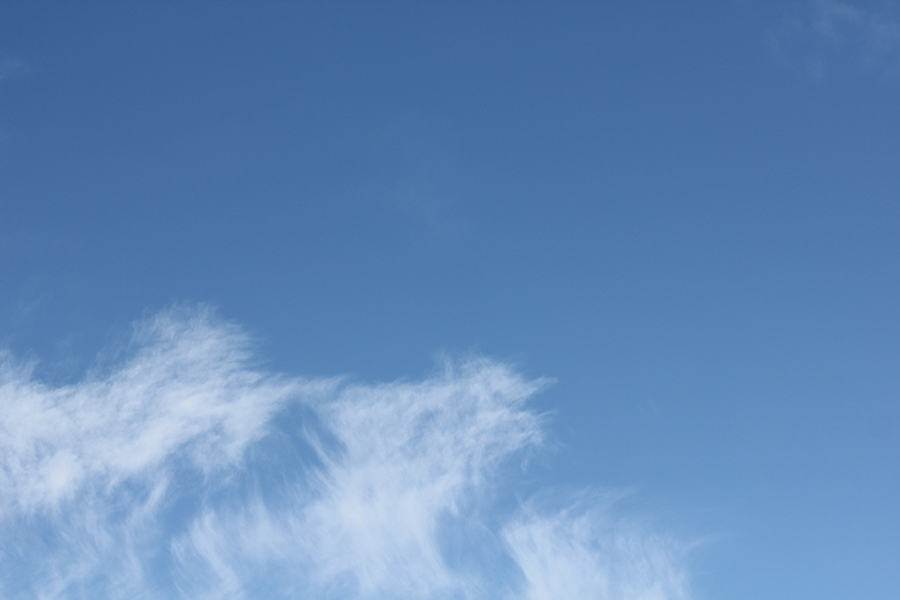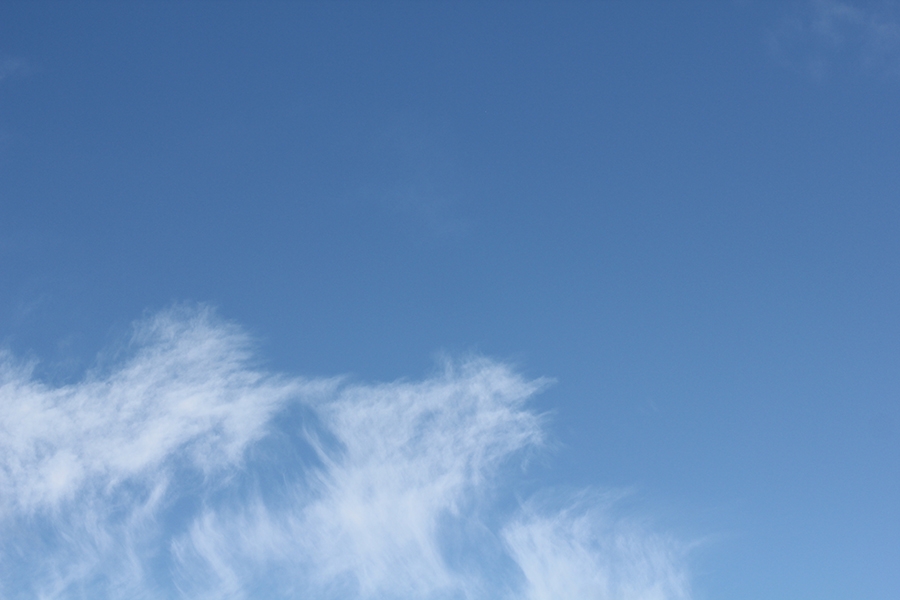
(Photo Courtesy of Lamassar via freeimages.com.)
 Kostas Konstantinidis has been featured in two different stories about airborne microorganisms this week.
Kostas Konstantinidis has been featured in two different stories about airborne microorganisms this week.
First, the New York Times Magazine asked the School of Civil and Environmental Engineering associate professor about weather-shifting microbes and recent advances in detecting what’s floating around in our atmosphere.
The phenomenon of weather-shifting microbes is at once global and regional: Each type of terrain — and its unique microbial community — interacts with the atmosphere in a particular way. At the same time, the continents “sneeze on each other,” as David J. Smith of NASA has written, flinging dust and microbes along streams of turbulent air that span oceans. To address this complexity, aerobiologists are turning to increasingly sophisticated tools: mountaintop laboratories that intercept transoceanic sneezes and nimble drones equipped with microbe-identifying sensors. “One reason there wasn’t a lot of progress for a while was technological limitations,” says Kostas Konstantinidis, a microbiologist at the Georgia Institute of Technology. “I think we will see a lot of exciting developments in the next few years.”
A separate piece by the BBC’s Colin Barras chronicles the history of flight in organisms, from birds and insects to plants that evolved wings on their seeds. Konstantinidis told Barras bacteria were likely the first to fly, however.
Regardless of whether plants or insects were the first to develop wings, neither of them was the first group of organisms to take to the skies. The first airborne life forms were almost certainly bacteria, says Kostas Konstantinidis of the Georgia Institute of Technology in Atlanta. In 2013, he examined samples from 8-15km up in the air, and found hordes of bacteria — accounting for 20% of all the particles between 0.25 and 1 micrometer in size.
Konstantinidis says he is "100% sure" that microbes, and especially bacteria, have been traveling through the atmosphere for a very long time. "Just consider that the first microbes on Earth appeared around 3 billion years ago," he says. Animals and plants didn't really get going until 500 million years ago.
Bacteria are not active fliers, of course. They haven't even developed wings to help them glide. Instead, they are probably swept up into the air on the breeze simply because they are so small. But Konstantinidis's research suggests that these atmospheric bacteria are anything but irrelevant.
He says they may help clouds to form. Clouds are made of billions of water droplets, each of which condenses around a tiny nucleus of material such as a dust mote. Bacteria are the right size, so water droplets may form around them, too.
If Konstantinidis is right, high-flying bacteria have been influencing Earth's climate for billions of years. No other flying species can claim that.

